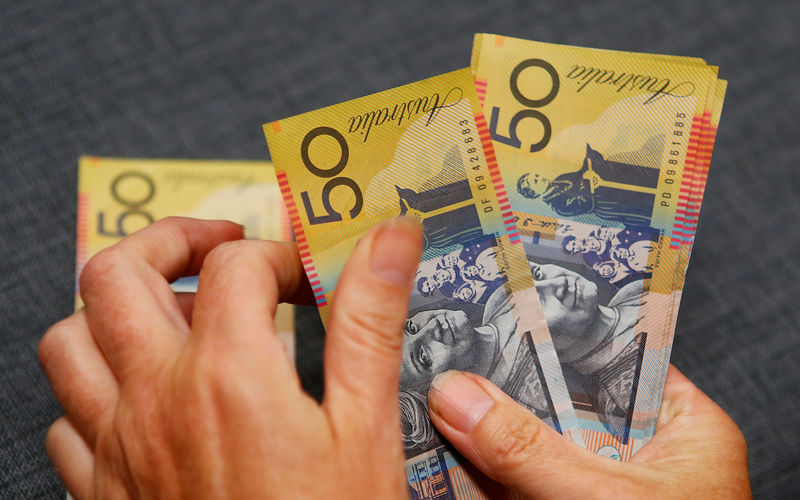Investing.com - The U.S. dollar slipped on Tuesday in Asia despite a trade truce between the U.S. and China. The Aussie dollar gained after the Reserve Bank of Australia (RBA) cut interest rates.
The U.S. dollar index that tracks the greenback against a basket of other currencies slipped 0.1% to 96.352 by 1:20 AM ET (05:20 GMT).
U.S. President Donald Trump and his Chinese counterpart Xi Jinping have agreed during a bilateral meeting at the summit in Osaka, Japan, to hold off on imposing new tariffs on imports of each other’s goods and to move forward with trade negotiations.
The trade agreement “has to be a deal that is somewhat tilted to our advantage” because of China’s large, long term trade surplus over the U.S. for years, Trump added.
The news sent stocks higher, but investor sentiment was later hit by disappointing manufacturing data from the U.S., as it showed growth of the country’s manufacturing activities slowed last month and fell to its lowest level since September 2016.
The U.S. jobs report is due Friday and is projected to show nonfarm payrolls rose by 164,000 in June, rebounding from 75,000 the month prior.
Meanwhile, the AUD/USD pair rose 0.3% to 0.6982 after the RBA cut interest rates to 1%, which is the lowest rate in history.
Philip Lowe, the RBA governor, said the cut was to “support employment growth” and generate “greater confidence” in the Australian economy.
“Outlook for the global economy remains reasonable”, but uncertainty (in a large part due to the China-US trade dispute) had “affected investment”.
“Today’s decision to lower the cash rate will help make further inroads into the spare capacity in the economy,” he said. “It will assist with faster progress in reducing unemployment and achieve more assured progress towards the inflation target.”
The USD/JPY pair was down 0.1% to 108.32.
The USD/CNY traded 0.2% higher to 6.8620.
